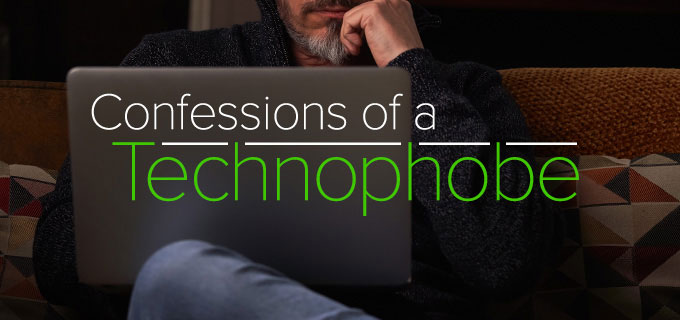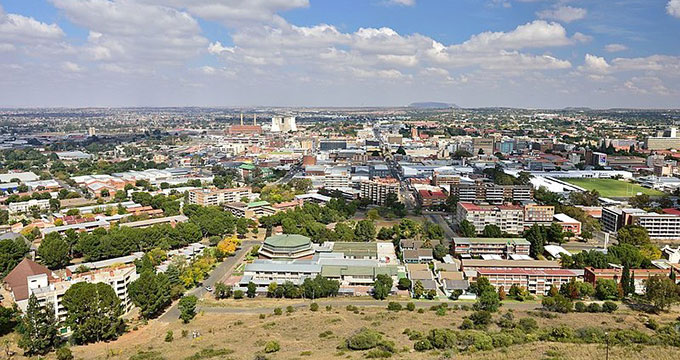
116, Part 3. The Civilized Massacre
I managed to get cameraman/editor Paul Bellinger to edit the footage Pierre and I had filmed, so that I could show it to prospective investors in the project. I was worried that we may not have filmed enough to impress someone, even though what we had was good – with the exception of the Knysna elephant: sadly, Pierre and Nick had run before Pierre could get an effective shot of Adam, the big bull. I had foolishly remained until the other two had run past me and had filmed something of them and the “ellie” coming after them. To my horror, when I saw the footage on the table, it lasted no more than a couple of seconds. I realized that we would have to go back and shoot more footage. The other two sections with the jackass penguins and the Tygerberg Zoo (near Stellenbosch) were good, but did we have enough to close an investor?
My life has been littered with unexpected twists and turns. Some good, some bad. This seemed to be a good one. The group I had been working with (under the almost hypnotic spell of the supersmooth American who claimed he would turn us all into millionaires) finally realized that we had been scammed or at the very least misled. Thankfully, he disappeared out of our lives leaving us both relieved and confused about what to do next. Then, out of the blue, someone who was friendly with one of our group said that he would try to salvage something from the crazy things we had been doing. He was a retired lawyer.
A few days later, this guy, Dennis, called me in and said that the only thing worth salvaging from the group’s activities was my film “The Civilized Massacre.” I had showed him the edited footage and said that I feared it was not enough to convince an investor to put in enough money to complete the project. Dennis agreed but said he had an idea. He asked if I would shoot some more footage, which he would finance personally, provided I could keep the costs to a minimum. As I had shot the existing footage for next to nothing, I saw no reason why I couldn’t do more of the same. Dennis said that if we could drive to Bloemfontein, his brother would lend us a small van for the shoot.
I contacted a friend, Neil Hetherington, who had worked with me at Killarney Film Studios and like myself had left to go freelance. He was a superb cameraman and had enough of a touch of madness to join me and work on the movie for next to nothing. He would use his own camera, an Arriflex, and he would also persuade a sound operator, Bernie, to join in the fun! He loved the concept of the film; and it was understood that if we succeeded in raising extra money to complete the movie, he and Bernie would remain as crew and be paid a decent wage. A week later we set off for Bloemfontein, which is approximately in the middle of South Africa.

Bloemfontein is also legal capital of the country. It is situated in the then-province of the Orange Free State. South Africa has effectively three capitals. Cape Town has the Houses of Parliament; Pretoria is the administrative capital and Bloemfontein has the nation’s highest courts. It also happens that my mother was born there. Her father of Ukrainian origin farmed cattle and horses outside the city. He also made a point of becoming more English than the English and even played provincial rugby for the Orange Free State. His son, also Dennis, went to school at Michaelhouse in Natal, where I was eventually sent and I in turn also sent my two sons there.
Sorry, I digress. We arrived in Bloem, as it is commonly known. Dennis’ brother was very helpful, and we were shortly on our way to continue filming. We travelled further south to the charming little university town of Stellenbosch (a center of the wine industry). It was at the time a predominantly Afrikaans-speaking area, the university being the major Afrikaans-language university in the country. We had an appointment at Lanzerac, a wonderful old Cape Dutch homestead converted to a boutique hotel in the 1960s. The man we were meeting (whose name I have forgotten) had been appointed to run the World Wildlife Fund (WWF) in South Africa, after Prince Bernhard of the Netherlands had approached industrialist Anton Rupert in 1968 to set up the WWF in South Africa.
Neil, Bernie and I set up lights and camera for an interview for this gentleman. He arrived rather late and apologized, citing a domestic problem that had kept him. We did the interview and he spoke passionately about the work the WWF was doing in the whole of southern Africa. After we finished, he insisted that we join him for a drink in the hotel bar. Incidentally, I had been to Lanzerac as a teenager when it was still a wine farm. The owner then was Angus, brother of Sheila Buchanan, who was at school with my mother and who had generously invited my parents and I to stay with them in Cape Town when we first arrived. It was quite a nostalgic moment for me.
After a couple of drinks, our WWF host discovered that all three of us in the film crew were British by birth. He asked us where we were going to have dinner and we replied that we would probably find a small restaurant in the town. At this point he made a speech to us about Afrikaner hospitality and how he was now going to prove a point that the Afrikaners were some of the most hospitable people in the world! What followed was acutely embarrassing for all of us, although I know he meant well. He explained that his wife was recovering from a bad case of tick-bite fever, but notwithstanding that he would call her and ask her to prepare dinner for all of us. The more we protested the more it became a point of honor for him to show us just how hospitable his community and his family were.
We had another couple of rounds of drinks to give his poor wife time to prepare something and then drove to his home across town. His wife, clearly under stress, greeted us warmly enough, then disappeared into the kitchen to deliver the meal. It was typical Afrikaner fare, huge steaks, masses of vegetables which included sweet potato, gem squash, cauliflower and beans. We were asked how we liked our steaks. I always eat mine rare, with Neil and Bernie going for medium and our host, well done. Somehow his ailing wife managed everything superbly well and we ended the meal with another Afrikaner delicacy, melktert (milk tart), strong black coffee and a favorite local liqueur “Van der Hum.” Anyone who has suffered from tick-bite fever will know that it causes headaches, high fever, muscle pains and the most terrible feeling of nausea and lethargy. The lady deserved a medal, and our respect for her husband was sadly diminished. We did, however, agree that Afrikaner hospitality is indeed a remarkable thing!
Our next stop was Durban in the then-province of Natal (now KwaZulu Natal), the largest port in sub-Saharan Africa. We found some horrifying examples of pollution both in the port and in the surrounding rivers. The main item we filmed was the dumping of different color paints into a small stream next to a paint factory. The stream fed into the Tugela River, which is one of South Africa’s major rivers and has its outlet to the sea within the city limits.
We also filmed a couple of factories spewing out dark columns of smoke from their chimney stacks. In fairness, we did find that there were some very proactive anti-pollution groups in the area. The authorities were also beginning to take heed of the problem. We also found that noise pollution was a factor; there was a city department that endeavored to reduce noise once it reached the level that was harmful to human hearing.
Bear in mind that in the early ’70s the world was only really beginning to get its collective mind around the dangers to the environment. In Africa it was considered to be a minor problem, with the vast open spaces and relative lack of industry compared with Europe, the US and parts of Asia. The main focus at that time was the need to preserve wildlife flora and fauna.
My parents had left Walvis Bay, Namibia, on the west coast after my dad had sold his trawler. He could foresee that the pilchard industry was going to continue to over-fish the area until the pilchards did what they had done off Cannery Row in California many years previously. They got fed up and left. He and my mother then drove their Austin station wagon through the Kalahari Desert – fortunately not breaking down or getting bogged in the sand. They arrived in the tiny kingdom of Swaziland near to the east coast a few days later and decided to settle there.
I had already decided to shoot part of my “Civilized Massacre” film in Swaziland, so we drove north and inland from Durban to Swaziland, then ruled by the longest reigning monarch in the world, King Sobhusa II. My parents had bought a small house on the outskirts of Mbabane, the capital of Swaziland. It could not accommodate the three of us, so we stayed in a hotel in the center of town.
When I think back on the adventures I had over the years, filming “The Civilized Massacre” was one of the highlights. In the same way, I get a rising tide of excitement as the work on building the launch model of ExoBrain progresses. Despite many setbacks, Peter Warren’s dogged determination to see this incredible ExoTechnology open a new world of easier and more effective computing has never diminished. Whether one delves into the world of super technology or one films the world’s diminishing wildlife, it’s the joy of the game of life!

